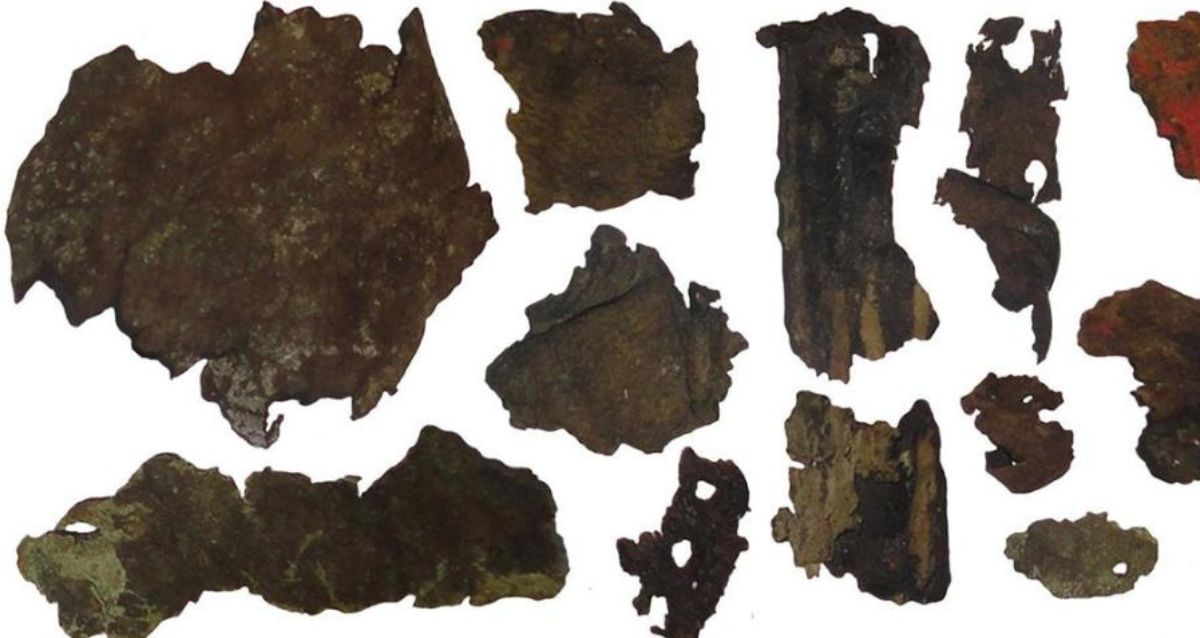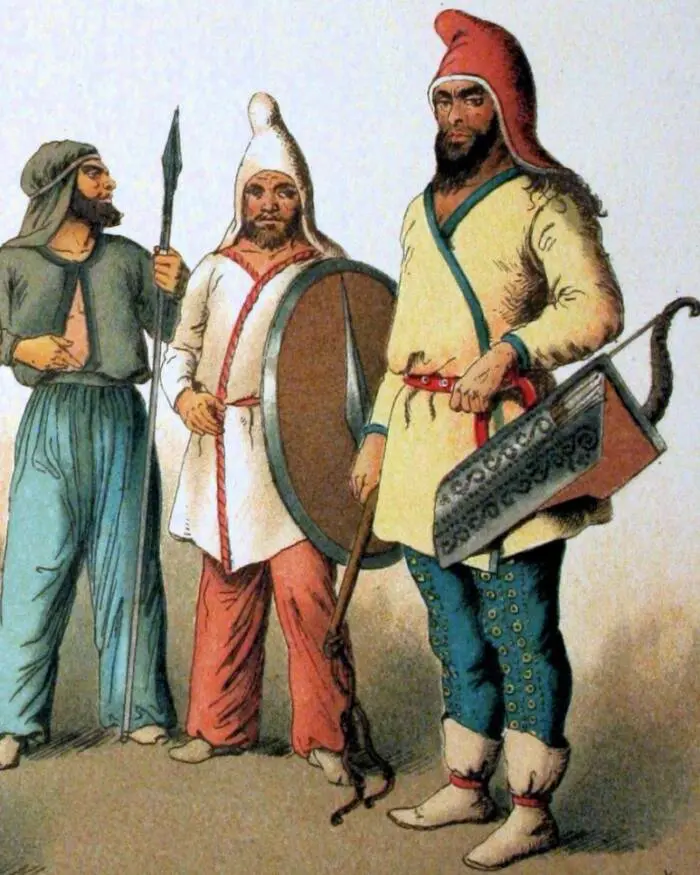The Scythians, an ancient nomadic group celebrated for their martial prowess and exquisite goldwork, continue to engage the interest of historians and archaeologists alike. A recent investigation has revealed a disturbing yet intriguing facet of their practices: the Scythians utilized human skin to produce leather goods, validating ancient narratives and illuminating new aspects of their traditions. This finding offers a chilling insight into the intricate and often harsh existence of these nomadic warriors who once ruled the expansive steppes of Europe and Asia.
Revealing the Scythians’ Use of Human Leather
Flourishing from around 800 B.C. to A.D. 300, the Scythians were recognized for their formidable warrior lifestyle and pastoral economy. These nomads traversed the vast plains of Europe and Asia, leaving a legacy that continues to fascinate contemporary scholars. A recent study indicates that the Scythians’ leatherworking included not only animal hides but also human skin, particularly in crafting quivers for arrows.

Herodotus’ Account and Modern Validation
The ancient Greek historian Herodotus first documented the Scythians’ utilization of human leather in his writings. He described how they would scrape flesh from human skin using the rib of a steer and then process it into leather. Herodotus noted that the Scythians took significant pride in displaying these morbid trophies, often employing them as hand towels or even clothing. While some had previously dismissed his account as exaggeration, modern scientific analysis has now validated his claims.
Scientific Examination of Scythian Artifacts
Researchers meticulously analyzed 45 leather samples from 18 Scythian burial sites located in southern Ukraine. Some samples originated from ancient quivers and were examined using peptide mass fingerprinting—a technique that detects specific proteins to ascertain the animal source of the leather. Remarkably, two samples were confirmed to be human skin, corroborating Herodotus’ narrative and providing concrete evidence of this chilling practice.

The Significance of Quivers in Scythian Warrior Culture
Quivers served not only as functional containers for arrows but also as symbols of a Scythian warrior’s identity. The fact that these items were made from human skin implies a profound connection between a warrior’s skill and the materials utilized in their weapons. As these quivers were often interred with their owners, they likely held considerable ritual significance, further highlighting the Scythians’ warrior ethos.
Speculations on the Use of Human Leather

The reasons behind the Scythians’ use of human leather remain a subject of conjecture. Barry Cunliffe, an emeritus professor of European archaeology at Oxford University, posits that this practice may have stemmed from a belief that possessing an enemy’s skin could grant power over them. This idea is consistent with Herodotus’ description of Scythians adorning their horses with the heads of their adversaries, possibly as a demonstration of bravery and a method to summon the strength of their vanquished foes.
A Somber Legacy: Human Leather Throughout History

The Scythians were not unique in their use of human leather; this practice has recurred across various cultures throughout history, often symbolizing power or serving as significant artifacts. In more recent times, human leather has appeared in notable instances, such as a 1917 edition of “Diseases of the Skin,” which was bound in human skin. These unsettling practices underscore the extremes to which humans have gone to assert dominance or craft meaningful objects.
Conclusion
The recent revelation that the Scythians fashioned leather items like quivers from human skin adds a dark yet compelling dimension to our comprehension of this ancient culture. By substantiating Herodotus’ long-held accounts, modern science has unveiled new perspectives on the Scythians’ intricate and often ruthless lifestyle. As we delve deeper into the mysteries surrounding these nomadic warriors, we gain a greater understanding of the elaborate and occasionally disquieting customs that defined their world.

